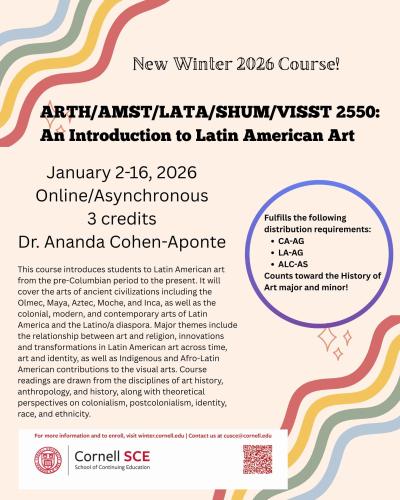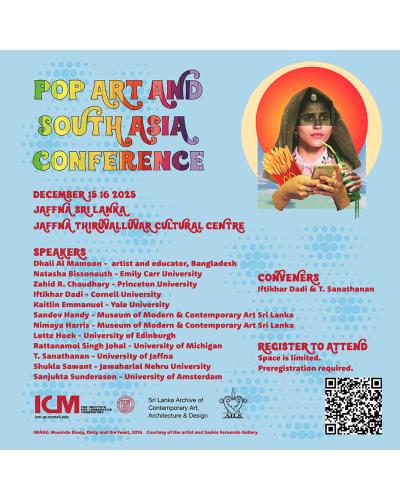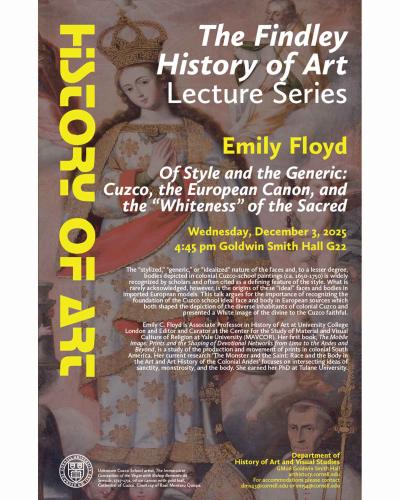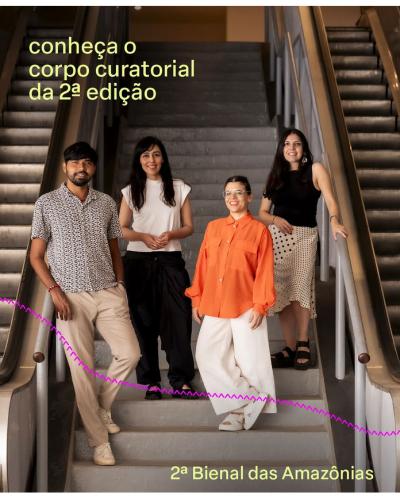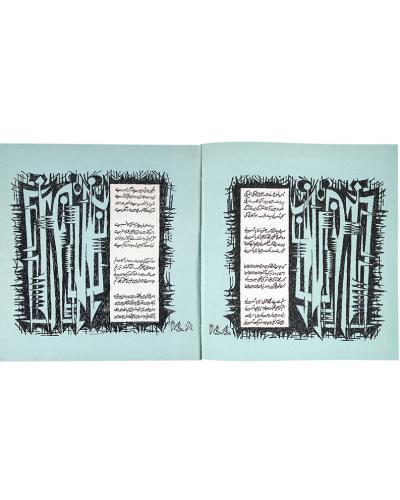Born in colonial-era India, the Pakistani artist Sadequain (1930-1987), who lived in Paris during the 1960s, is exemplary of an important development in modernism in the Middle East, North Africa, and South Asia region, which Dadi has termed “calligraphic abstraction.”
In the wake of decolonization, an intensive search for new artistic languages began, which would seek to recover expressivity that had been repressed under colonialism and that would also actively produce a new modern culture.
Modernist experiments in calligraphic abstraction have foregrounded textual, abstract, and calligraphic modes, and evacuated iconic signifiers. Modernist art’s relay with calligraphy—in its dialogue with post cubist developments—reterritorializes the Arabic/Persian/Urdu script, foregrounding its discursivity, and making its aesthetic permeable to ongoing aesthetic transformations.
https://www.fondation-giacometti.fr/en/event/294/sadequain-and-calligraphic-abstraction

